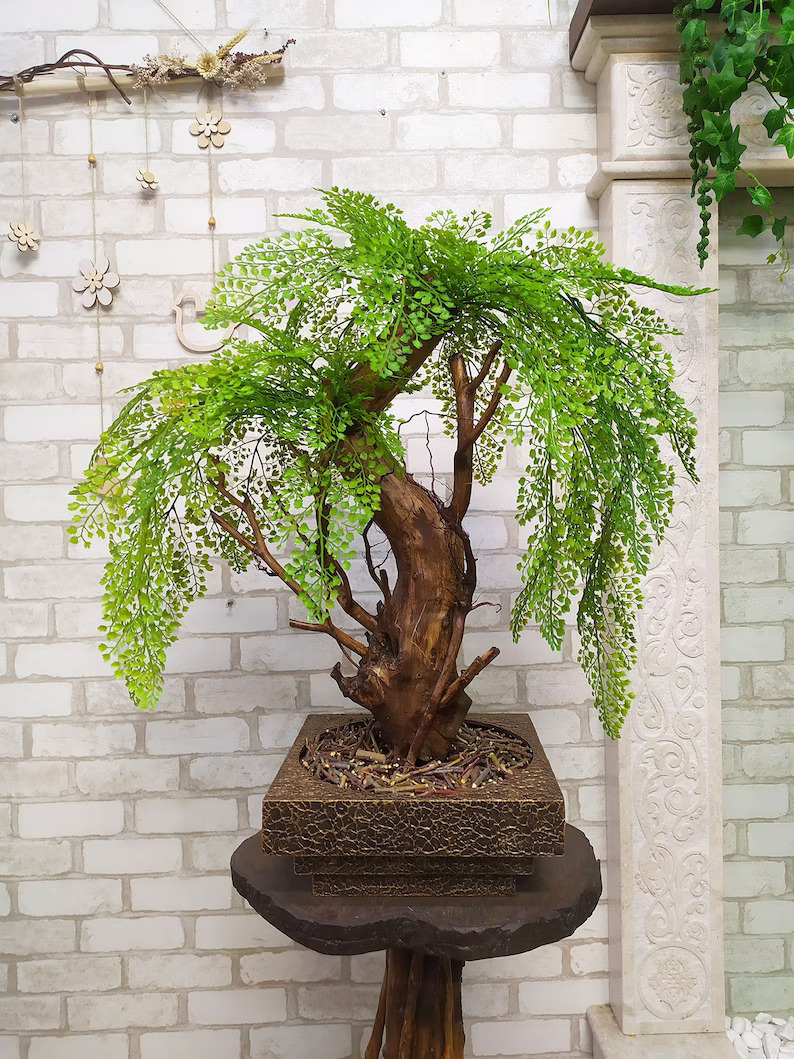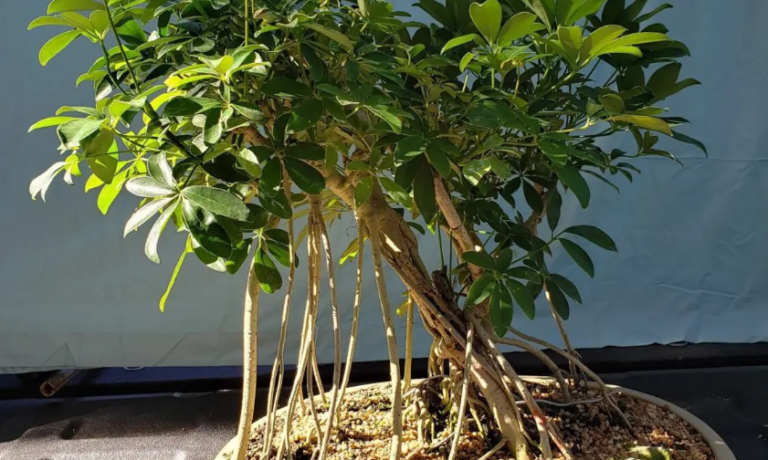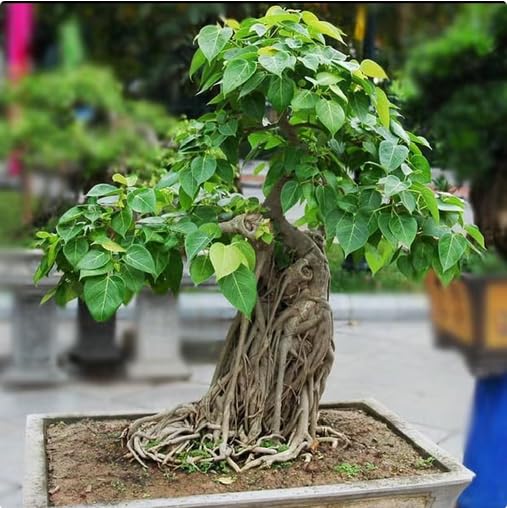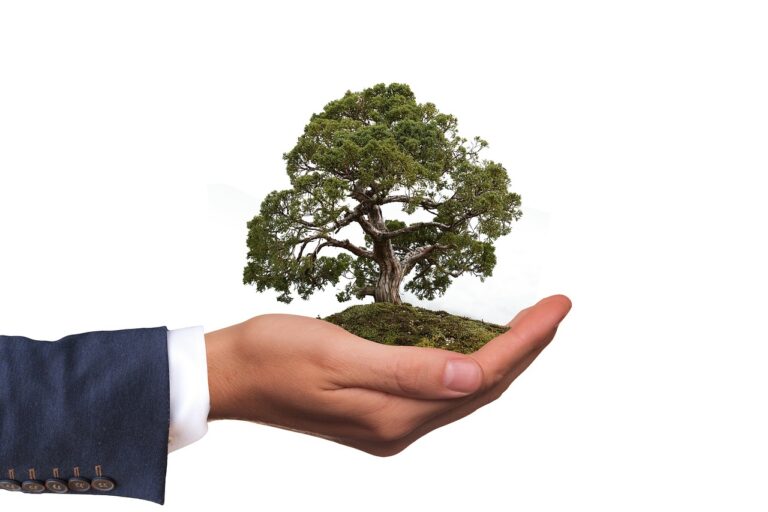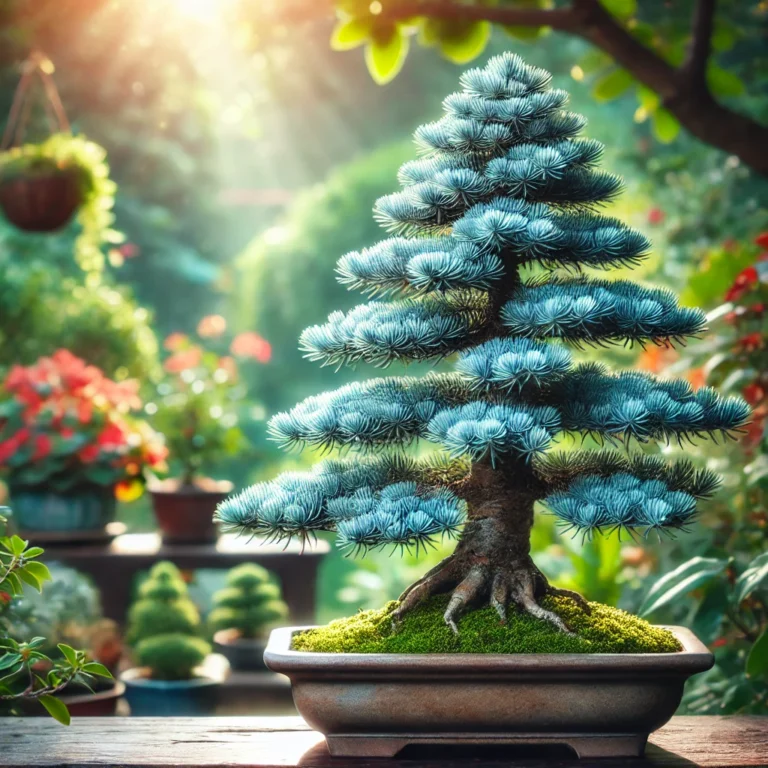The Art of Caring for Weeping Willow Bonsai Trees (2025)
Weeping Willow Bonsai trees, with their graceful drooping branches and delicate leaves, have captured the hearts of many gardening enthusiasts. Cultivating and caring for these miniature marvels is an art in itself. In this comprehensive guide, we will explore the intricate world of Weeping Willow Bonsai care 2023, from choosing the right tree to nurturing it through the seasons.
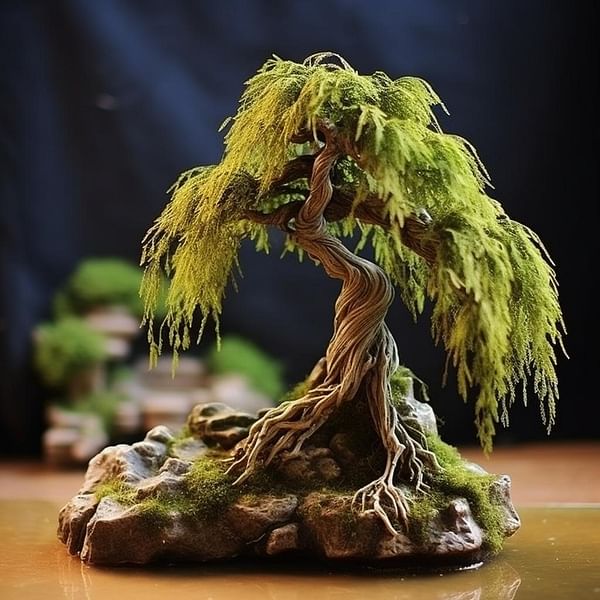
Selecting the Perfect Weeping Willow Bonsai Trees 2023
Assessing Tree Health
- Check for vibrant green foliage: Examine the leaves of the Weeping Willow Bonsai trees carefully. Healthy leaves should be a vibrant shade of green. If you notice yellowing or browning, it may indicate a problem.
- Inspect the root system for vigor: Gently remove the tree from its pot and check the roots. They should be white or light brown, not dark or mushy. Healthy roots are essential for the tree’s overall well-being.
- Ensure there are no signs of pests or disease: Carefully inspect the leaves, stems, and branches for any unusual spots, discoloration, or pests like aphids or spider mites. If you find any issues, address them promptly with appropriate treatments.
Choosing the Right Size
- Consider your available space: Think about where you intend to place the bonsai. Smaller Weeping Willow Bonsai trees varieties are more suitable for confined spaces, such as balconies or windowsills, while larger ones can serve as a striking focal point in a garden.
- Smaller bonsais are ideal for beginners: If you are new to bonsai care, starting with a smaller tree is advisable. They are generally more forgiving and easier to manage.
- Larger trees make a stunning centerpiece: If you have ample outdoor space and experience with bonsai care, a larger Weeping Willow Bonsai trees can be a breathtaking centerpiece in your garden.
Soil and Pot Selection
- Opt for well-draining bonsai soil: Weeping Willow Bonsai trees thrive in soil that drains well. A mix of akadama, pumice, and lava rock is commonly used for bonsai soil. Avoid regular garden soil as it retains too much moisture.
- Select a suitable bonsai pot for your tree size: The pot should be proportionate to the size of your bonsai. Bonsai pots come in various shapes and sizes, so choose one that complements your tree’s style.
- Ensure the pot has adequate drainage holes: Proper drainage is crucial to prevent waterlogged roots. Make sure the pot you choose has drainage holes at the bottom.

Planting and Potting
Proper Planting Techniques
- Gently remove the tree from its nursery container: When transplanting your Weeping Willow Bonsai trees , handle it with care to avoid damaging the roots or branches.
- Trim excess roots while preserving the root ball: Prune away any long or damaged roots while retaining the compact root ball. This helps the tree adapt to its new pot.
- Position the tree in the center of the bonsai pot: Place the tree in the pot, ensuring that it sits at the right height and is centered. Fill the pot with bonsai soil and tamp it down gently to secure the tree in place.
Pruning and Shaping
- Trim excess branches to maintain the desired shape: Regular pruning is essential for shaping your Weeping Willow Bonsai trees. Remove branches that disrupt the desired form and encourage growth in the right direction.
- Use clean, sharp bonsai shears: Dull tools can cause damage to branches. Keep your shears sharp and clean to make precise cuts.
- Aim for a balanced, aesthetically pleasing form: Strive for symmetry and balance in your bonsai’s appearance. This will enhance its overall aesthetic appeal.
Essential Care Guidelines
Watering Routine
- Maintain consistent moisture levels: Keep the soil consistently moist but not soggy. Avoid letting the soil dry out completely between waterings.
- Water thoroughly but avoid waterlogging: When you water, ensure that the entire root ball gets adequately moistened. Allow excess water to drain from the pot.
- Adjust frequency based on seasons: Weeping Willow Bonsai trees require more water during the growing season (spring and summer) and less in the dormant season (fall and winter).
Fertilizing
- Use a balanced, water-soluble fertilizer: Bonsais benefit from regular fertilization. Choose a balanced fertilizer with equal proportions of nitrogen, phosphorus, and potassium.
- Apply during the growing season (spring and summer): Fertilize your bonsai every two to four weeks during the growing season to provide the nutrients it needs for healthy growth.
- Reduce or stop fertilizing in the dormant season (fall and winter): As the tree enters dormancy, reduce or completely stop fertilizing until the next growing season.
Sunlight Requirements
- Provide partial to full sunlight: Weeping Willow Bonsai trees thrive in full sun but can also tolerate partial shade. Ensure they receive at least 4-6 hours of sunlight daily.
- Protect from harsh midday sun in summer: During the hottest part of the day, especially in summer, provide some shade to prevent leaf burn.
- Consider supplementary lighting for indoor bonsais: If you keep your Weeping Willow Bonsai indoors, consider using grow lights to provide sufficient light.
Seasonal Maintenance
Spring Awakening
- Prune for shape and encourage new growth: In early spring, as the tree awakens from dormancy, prune the Weeping Willow Bonsai trees to maintain its desired shape. Trim back branches that have grown excessively during the previous season to create an aesthetically pleasing form.
- Repot if necessary, refreshing the soil: Assess the condition of your bonsai’s soil. If the soil has become compacted or if the tree has outgrown its pot, consider repotting it during this season. Refreshing the soil with a well-draining mix will provide your bonsai with essential nutrients.
- Gradually reintroduce to sunlight: As the weather warms up, gradually reintroduce your bonsai to direct sunlight. Start with a few hours of morning sun and increase the exposure over several weeks. This helps prevent leaf burn and shock to the tree.
Summer Vigilance
- Monitor for pests and diseases: Regularly inspect your Weeping Willow Bonsai for any signs of pests (e.g., aphids, spider mites) or diseases (e.g., fungal infections). If you notice any issues, address them promptly with appropriate treatments to prevent further damage.
- Maintain consistent watering: Summer can bring higher temperatures and increased evaporation. Ensure that your bonsai receives consistent moisture without waterlogging. Water early in the morning or late in the evening to prevent water loss through evaporation.
- Protect from strong winds and extreme heat: Place your bonsai in a location where it’s shielded from strong winds and direct, intense sunlight, especially during the hottest part of the day. This helps prevent dehydration and heat stress.
Fall Preparations
- Gradually reduce watering: As the weather cools down and your Weeping Willow Bonsai prepares for dormancy, reduce the frequency of watering. Allow the soil to dry out slightly between waterings, but don’t let it become bone dry.
- Trim back long branches: Trim any branches that have become overly long or straggly during the growing season. This helps maintain the tree’s shape and encourages healthy growth in the following spring.
- Position for overwintering: Choose a sheltered location, such as an unheated garage or cold frame, to protect your bonsai from extreme winter conditions. This will shield it from freezing temperatures and harsh winds.
Winter Dormancy
- Place in a cool, sheltered location: During winter, your Weeping Willow Bonsai enters a period of dormancy. Position it in a cool, sheltered location where it won’t be exposed to freezing temperatures or heavy snow. An unheated greenhouse or garage is ideal.
- Minimal watering required: Bonsais need very little water during dormancy. Water sparingly to prevent the soil from completely drying out, but avoid overwatering, as this can lead to root rot in cold conditions.
- Protect from frost: Ensure your bonsai is protected from frost by using frost cloth or insulating materials around the pot. Frost can damage the tree’s delicate branches and foliage.
By following these seasonal maintenance guidelines, you’ll help your Weeping Willow Bonsai thrive throughout the year and ensure its long-term health and beauty.
The Beauty of Patience
Caring for a Weeping Willow Bonsai in 2023 is a journey that rewards patience and dedication. As you watch your tree flourish and grow, you’ll experience the art of nurturing nature.
Conclusion
In conclusion, the care of Weeping Willow Bonsai trees is a fulfilling and artistic endeavor. By following these guidelines, you can embark on a journey of creating a miniature masterpiece that will bring beauty and serenity to your surroundings.
